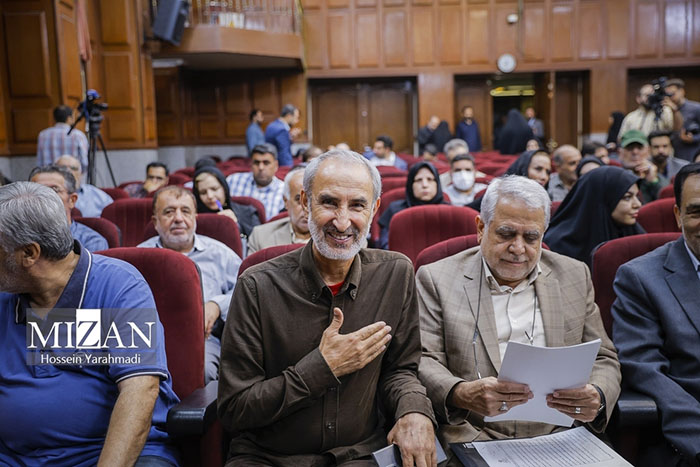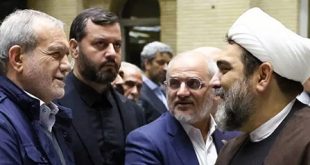The People’s Mojahedin Organization of Iran (PMOI), also known as Mojahedin-e-Khalq (MEK) or Mojahedin-e-Khalq Organization (MKO), is one of the most complex and controversial political groups in Iranian history. Originally founded as a resistance organization against the Shah of Iran, the MEK has transitioned from armed resistance to a political entity with its headquarters in Albania. Over its decades-long existence, the group has been involved in various political movements, armed struggles, and international alliances, particularly with Iraq during the Iran-Iraq War. Despite its claims of fighting for democracy and freedom in Iran, the MEK remains a deeply polarizing organization both within Homeland and in international political circles.
Origins of the MEK: Founding and Early Ideology
The MEK was founded on September 5, 1965, by a group of leftist Iranian students who were part of the Freedom Movement of Iran. These students, deeply opposed to the reign of Shah Mohammad Reza Pahlavi, sought to create an organization that blended aspects of Islam with modern science and reason. In the turbulent political environment of the 1960s and 70s, the MEK stood out by advocating for a synthesis of Islamic values and modern scientific progress. Their vision for Iran was centered around creating a secular democratic state while also rooting out imperialism and Western influence, especially that of the United States.
During the 1979 Iranian Revolution, the MEK actively contributed to the overthrow of the Shah’s regime. They were widely supported by the intelligentsia and middle-class Iranians, who were frustrated by the regime’s corruption and authoritarianism. However, once the Shah was deposed and Ayatollah Khomeini established the Islamic Republic, the MEK quickly found itself at odds with the new government. Their secular democratic aspirations clashed with the theocratic vision of Khomeini’s Islamic state.

